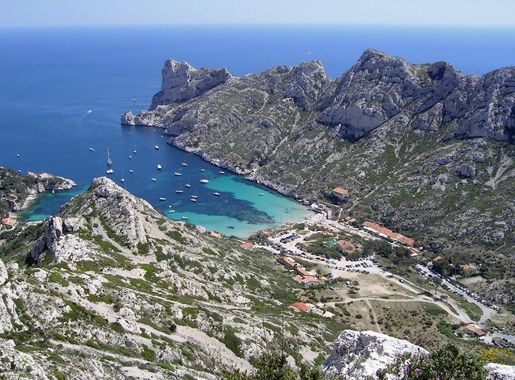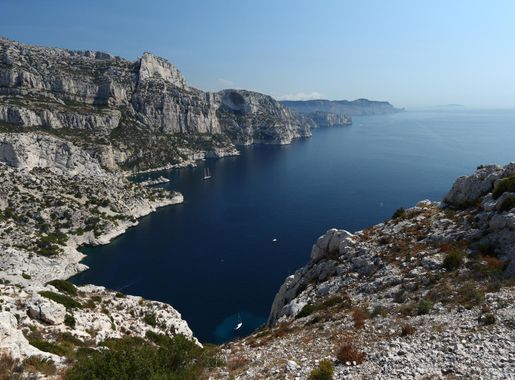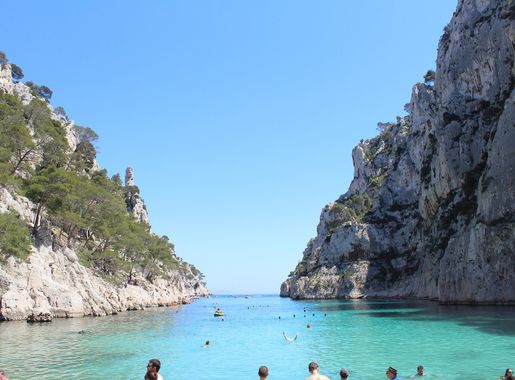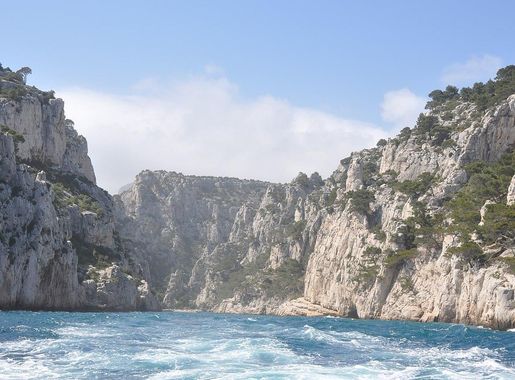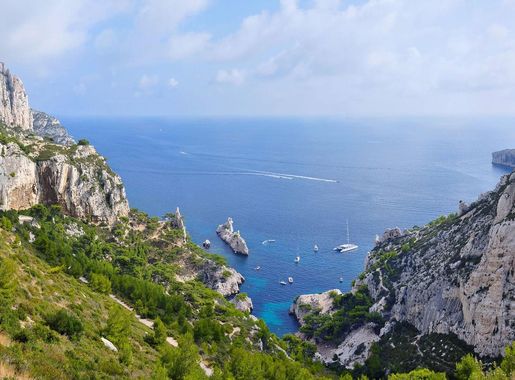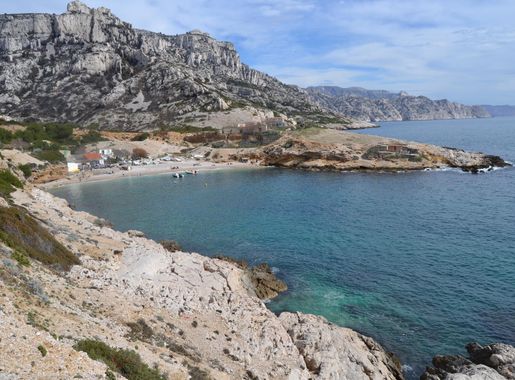
Marseille Calanques: Nature's Mediterranean Masterpiece
Discover the Marseille Calanques, a breathtaking blend of limestone cliffs, turquoise waters, and rich biodiversity along the Mediterranean coast.
The Marseille Calanques, a series of stunning limestone cliffs and coves, stretch along the Mediterranean coast between Marseille and Cassis. This natural wonder is a paradise for outdoor enthusiasts, offering breathtaking views, crystal-clear waters, and a variety of outdoor activities. Whether you're an avid hiker, a passionate climber, or simply someone who appreciates serene beaches, the Calanques have something for everyone. The Calanques are a protected national park, preserving their pristine beauty and unique ecosystems. The diverse flora and fauna here are a testament to the region's rich biodiversity. As you explore the rugged terrain, you'll encounter fragrant pine trees, rare flowers, and various bird species that call this place home. One of the best ways to experience the Calanques is by boat, allowing you to access hidden coves and secluded beaches that are otherwise difficult to reach. Alternatively, numerous hiking trails offer spectacular views and lead you through the heart of this natural wonder. Remember to pack plenty of water and wear sturdy footwear, as the trails can be challenging but are well worth the effort. The Calanques are not just about nature; they are steeped in history and local culture. The nearby city of Marseille provides a vibrant contrast with its bustling port, historic landmarks, and diverse culinary scene. After a day of exploring the Calanques, savoring local dishes like bouillabaisse or freshly caught seafood in a traditional Marseille bistro is a perfect way to end your day.
Local tips in Marseille Calanques
- Visit during the shoulder seasons (spring or fall) to avoid the summer crowds and enjoy milder weather.
- Wear appropriate hiking shoes and bring plenty of water if you plan to hike the trails.
- Consider taking a boat tour for a unique perspective and access to less crowded coves.
- Check the local regulations and weather conditions before your visit, as some areas may be restricted during high fire risk periods.
- Try local Marseille cuisine, especially seafood dishes, for an authentic culinary experience.
Marseille Calanques: Nature's Mediterranean Masterpiece
The Marseille Calanques, a series of stunning limestone cliffs and coves, stretch along the Mediterranean coast between Marseille and Cassis. This natural wonder is a paradise for outdoor enthusiasts, offering breathtaking views, crystal-clear waters, and a variety of outdoor activities. Whether you're an avid hiker, a passionate climber, or simply someone who appreciates serene beaches, the Calanques have something for everyone. The Calanques are a protected national park, preserving their pristine beauty and unique ecosystems. The diverse flora and fauna here are a testament to the region's rich biodiversity. As you explore the rugged terrain, you'll encounter fragrant pine trees, rare flowers, and various bird species that call this place home. One of the best ways to experience the Calanques is by boat, allowing you to access hidden coves and secluded beaches that are otherwise difficult to reach. Alternatively, numerous hiking trails offer spectacular views and lead you through the heart of this natural wonder. Remember to pack plenty of water and wear sturdy footwear, as the trails can be challenging but are well worth the effort. The Calanques are not just about nature; they are steeped in history and local culture. The nearby city of Marseille provides a vibrant contrast with its bustling port, historic landmarks, and diverse culinary scene. After a day of exploring the Calanques, savoring local dishes like bouillabaisse or freshly caught seafood in a traditional Marseille bistro is a perfect way to end your day.
When is the best time to go to Marseille Calanques?
Iconic landmarks you can’t miss
Basilica of Notre-Dame-of-la-Garde at Marseille
Explore the breathtaking Basilica of Notre-Dame-of-la-Garde, a stunning architectural marvel offering panoramic views of Marseille and the Mediterranean.
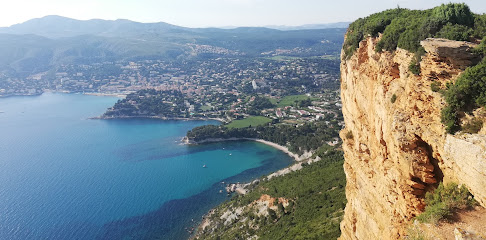
Parc national des Calanques
Discover the dramatic landscapes and rich biodiversity of Calanques National Park, a stunning jewel on the Mediterranean coast near Marseille.
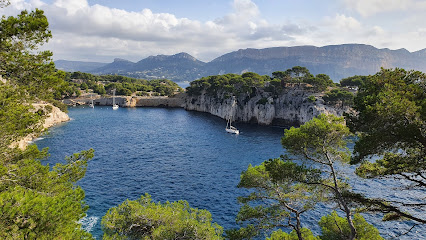
Mucem - Museum of Civilizations of Europe and the Mediterranean
Explore the Mucem in Marseille, where Mediterranean history meets stunning architecture, offering a unique cultural experience for every traveler.
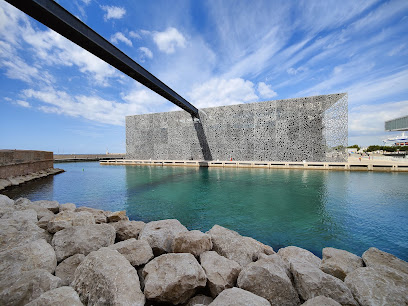
Palais Longchamp
Discover the exquisite Palais Longchamp, a breathtaking park and historical landmark in Marseille, blending nature, culture, and rich history.
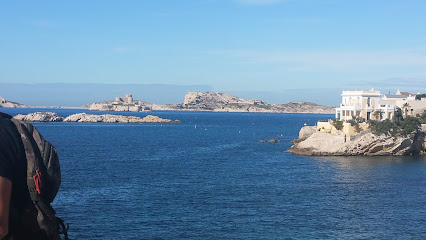
Cathédrale La Major
Discover the architectural splendor of Cathédrale La Major, a captivating blend of Romanesque and Byzantine styles in the heart of Marseille.
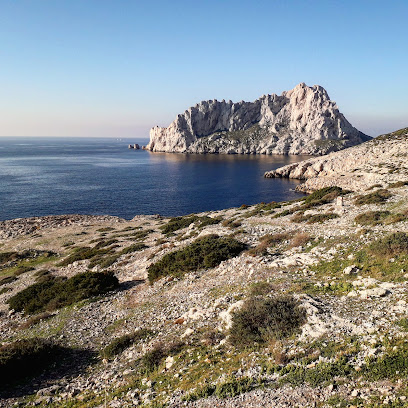
Marseille Cathedral
Explore the stunning Marseille Cathedral, a Neo-Byzantine architectural gem offering breathtaking views and rich history in the heart of the city.
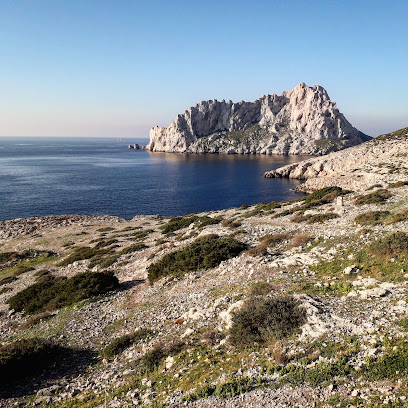
Parc Borély
Experience the tranquility of Parc Borély, a stunning urban park in Marseille featuring beautiful gardens, recreational activities, and cultural treasures.
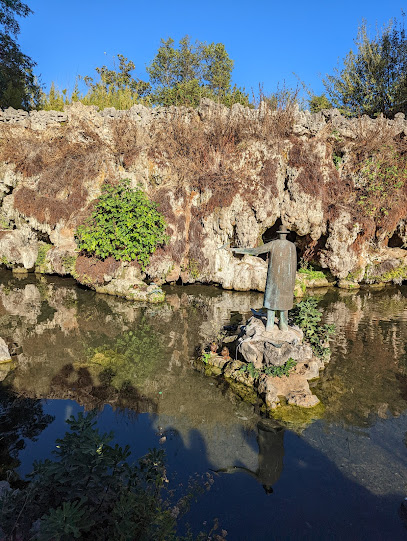
Calanque de Port-Miou
Experience the breathtaking beauty of Calanque de Port-Miou, a stunning observation deck perfect for hiking and enjoying the Mediterranean's majestic landscapes.
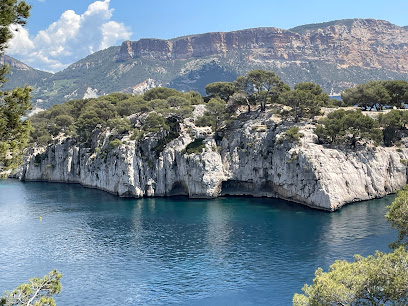
Cosquer Méditerranée
Explore the underwater wonders of prehistoric art at Cosquer Méditerranée in Marseille, where history and culture come alive.
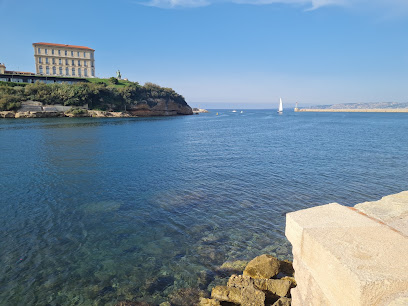
Visit Of Creeks
Explore the stunning creeks of Cassis, where dramatic cliffs meet the azure Mediterranean, perfect for boat tours and outdoor adventures.
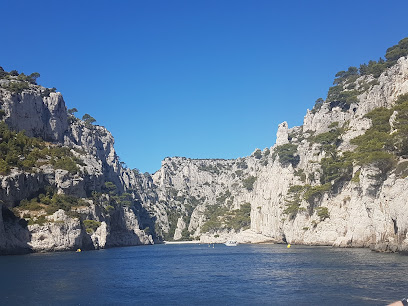
Parc du Mugel
Discover the beauty of Parc du Mugel, a botanical garden and hiking area in La Ciotat, offering stunning landscapes and a tranquil escape into nature.
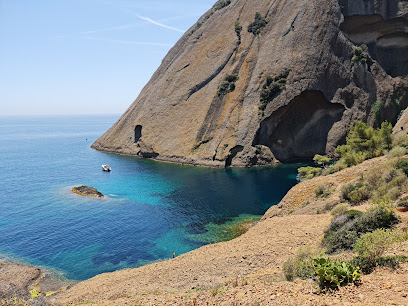
Château d'If
Explore the historic Château d'If, a fortress and former prison with breathtaking views of the Mediterranean, steeped in literary fame and rich history.
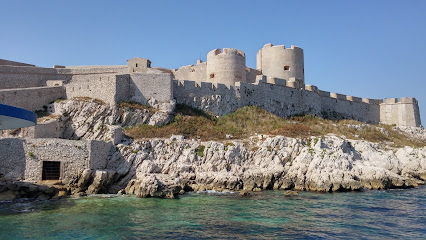
Calanque de Port Pin
Discover the breathtaking Calanque de Port Pin, where azure waters and dramatic cliffs create a stunning natural paradise near Marseille.
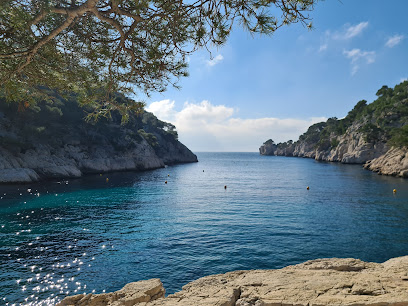
Porte d'Aix
Discover the historical elegance of Porte d'Aix, a triumphal arch in Marseille that represents the city's rich heritage and vibrant culture.

Abbaye Saint-Victor
Explore the historical and spiritual beauty of Abbaye Saint-Victor in Marseille, a serene retreat and an architectural marvel steeped in history.
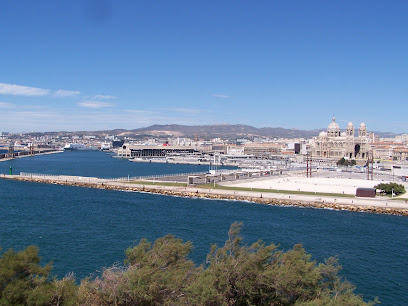
Unmissable attractions to see
Vieux-Port de La Ciotat
Explore Vieux-Port de La Ciotat: A charming marina with stunning views, rich culture, and delicious local cuisine in the heart of southern France.
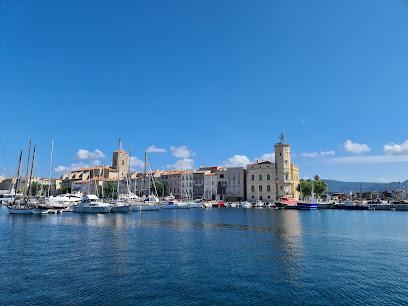
Escale BORELY
Discover the serene beauty of Escale Borely, a premier tourist attraction in Marseille offering lush landscapes and recreational fun for all ages.
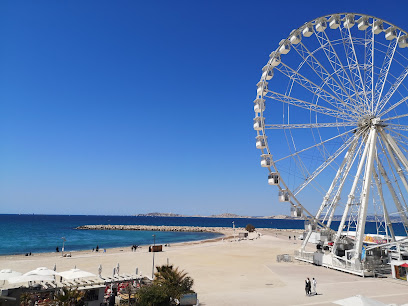
Visit Of Creeks
Discover the breathtaking creeks of Cassis, a coastal gem in France, offering stunning views, vibrant local culture, and unforgettable boat tours.
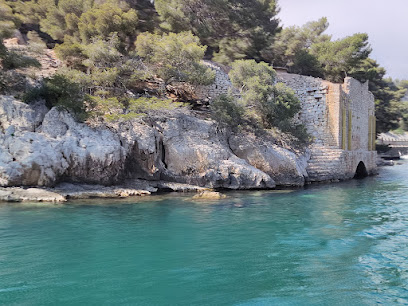
Parc du Mugel
Experience the breathtaking views and lush landscapes of Parc du Mugel, a must-visit destination for nature lovers in La Ciotat.
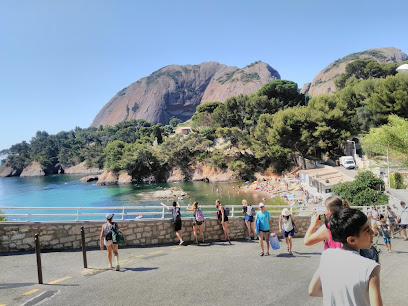
Port of Carry-le-Rouet
Discover the enchanting Port of Carry-le-Rouet, where the Mediterranean meets vibrant culture and delectable seafood.
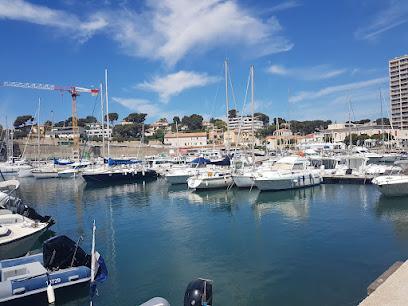
Hatha Yoga Marseille
Experience serenity at Hatha Yoga Marseille, where yoga meets nature in a picturesque setting, perfect for rejuvenation and relaxation.
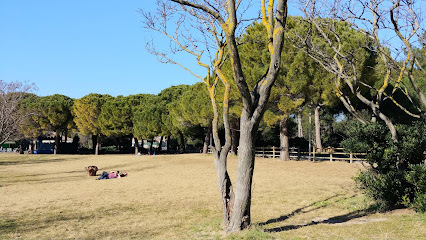
Bleu Evasion - Visite des calanques en bateau avec skipper
Explore the stunning Calanques near Marseille with Bleu Evasion, where breathtaking views and unforgettable boat tours await.
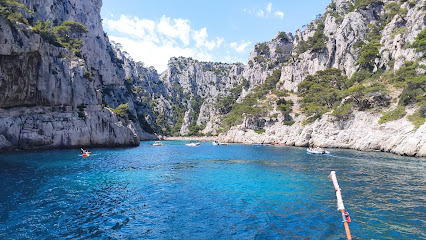
Calanque des Eaux Salées
Experience the natural beauty of Calanque des Eaux Salées, a hidden coastal paradise in France with crystal-clear waters and breathtaking scenery.
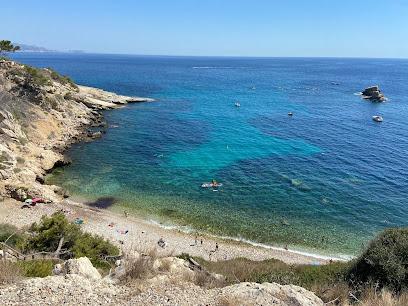
Plage de la Pointe d’Endoume
Experience the tranquil beauty of Plage de la Pointe d’Endoume, a hidden oasis in Marseille's stunning coastline, perfect for relaxation and picturesque sunsets.
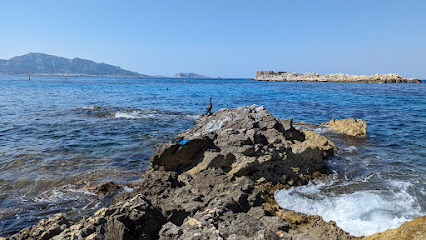
Domaine du Bagnol
Discover the exquisite wines of Domaine du Bagnol in Cassis, where breathtaking views meet rich Provençal heritage in every glass.
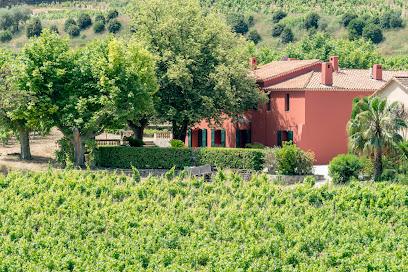
Domaine de l'Olivette
Discover the exquisite wines and vibrant art scene at Domaine de l'Olivette in Le Castellet, a perfect blend of culture and nature.
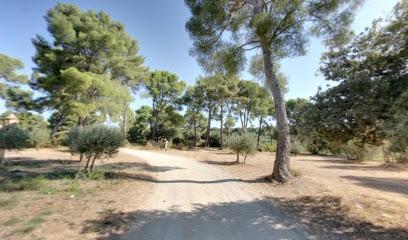
Parc de la Valbelle
Explore the lush beauty and serenity of Parc de la Valbelle, an urban oasis in Marseille perfect for relaxation and leisurely strolls.

Pyramide du Roy d'Espagne
Discover the Pyramide du Roy d'Espagne in Marseille, an architectural marvel steeped in history, culture, and stunning views of the city.
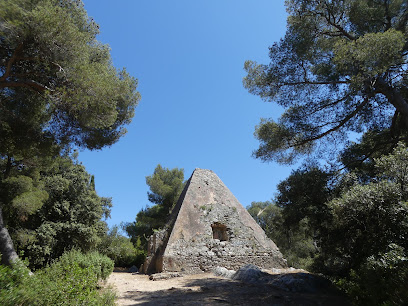
Tour de l'Horloge
Discover the architectural beauty and historical significance of Tour de l'Horloge in Aix-en-Provence, a must-visit landmark for every traveler.

Phare Sainte Marie
Explore Phare Sainte Marie, a historic lighthouse in Marseille offering stunning Mediterranean views and a glimpse into maritime heritage.
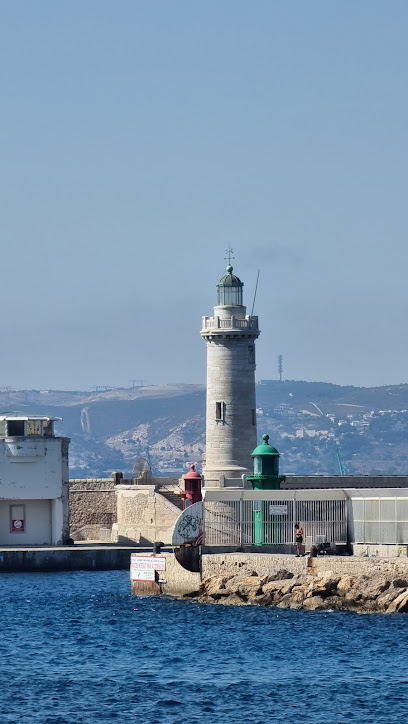
Essential places to dine
La Grotte
Experience exquisite French and Mediterranean cuisine at La Grotte in Marseille - where every meal is a celebration of flavor.
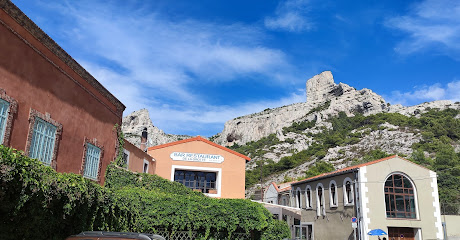
Chez Zé
Experience authentic pizza and French delicacies at Chez Zé in Marseille - where culinary traditions meet coastal charm.
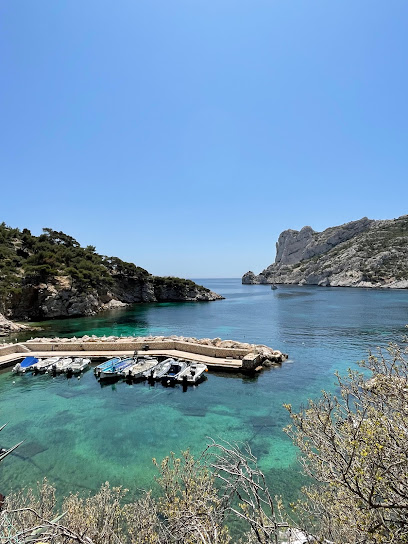
La Presqu'île
Discover La Presqu'île in Cassis: where exquisite haute French cuisine meets stunning Mediterranean views.
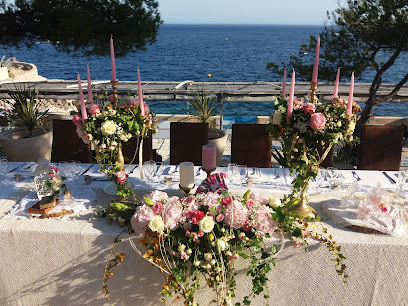
P.Kitchen restaurant bord de mer terrasse pointe rouge
Discover P.Kitchen in Marseille: A stunning seaside restaurant offering exquisite Thai-French fusion cuisine amidst breathtaking Mediterranean views.
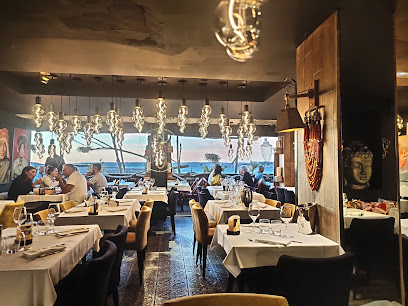
La Marine Des Goudes
Discover La Marine Des Goudes: A seaside haven offering exquisite Mediterranean seafood dishes in picturesque Marseille.

Les Tamaris
Experience exquisite French and Mediterranean cuisine at Les Tamaris in Marseille, where fresh seafood meets stunning seaside views.
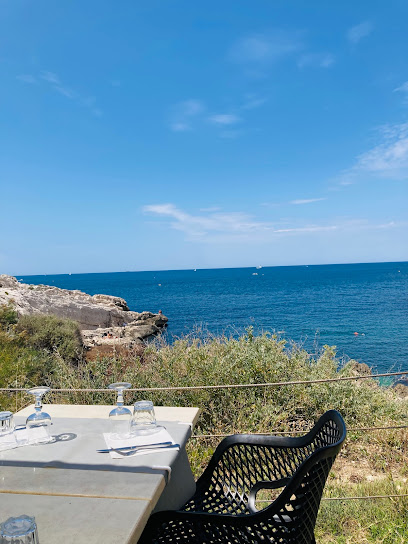
Restaurant La Baie des Singes
Experience exquisite French and Mediterranean cuisine at Restaurant La Baie des Singes with stunning coastal views in Marseille.

Sormiou Castle
Experience exquisite French and Mediterranean cuisine at Sormiou Castle while enjoying breathtaking views in Marseille's beautiful Calanque de Sormiou.
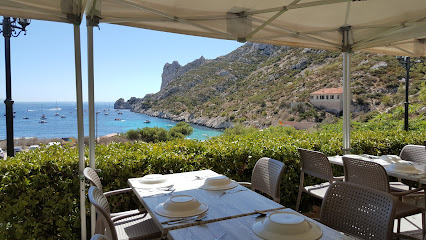
Bar Nautic Restaurant
Experience exquisite French and Mediterranean flavors at Bar Nautic Restaurant in scenic Calanque Morgiou, Marseille.
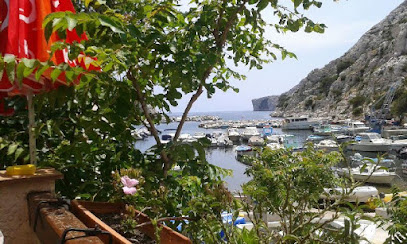
La Calanque Blanche Restaurant
Discover La Calanque Blanche in Marseille – where Mediterranean flavors meet stunning seaside views for an unforgettable dining experience.
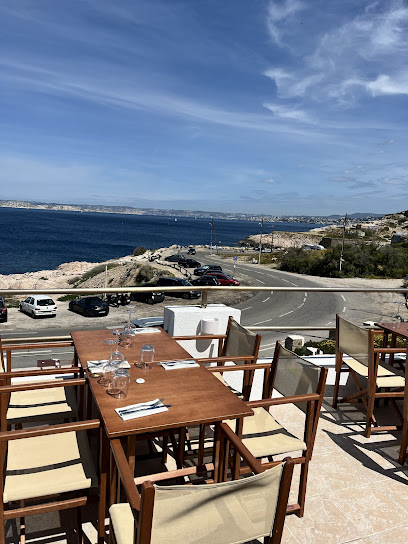
Brasserie Des Calanques
Experience authentic French cuisine at Brasserie Des Calanques amidst stunning coastal views in Marseille.
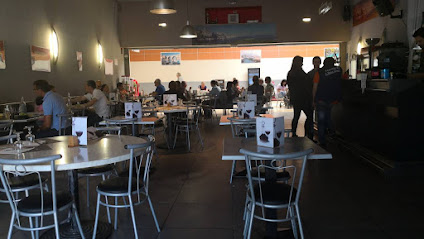
Chez Le Belge
Experience authentic French cuisine with a Belgian twist at Chez Le Belge, nestled in the scenic Calanque de Marseilleveyre.

Markets, malls and hidden boutiques
Les Terrasses du Port
Experience the perfect blend of shopping and dining at Les Terrasses du Port, Marseille’s stunning waterfront mall with breathtaking sea views.
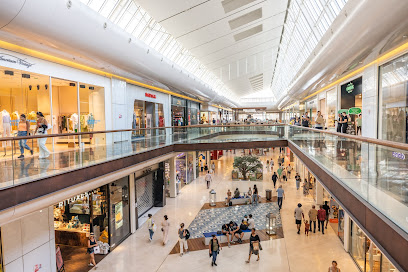
Centre Commercial Bonneveine
Explore the lively Centre Commercial Bonneveine, a premier shopping destination in Marseille offering diverse shops, dining, and entertainment for an unforgettable experience.
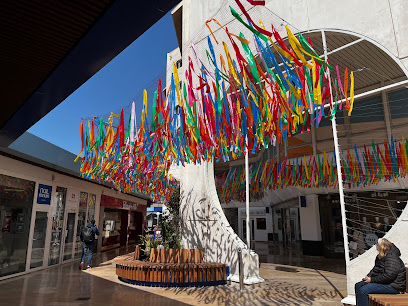
Massif des Calanques
Explore the stunning beauty of Massif des Calanques, a breathtaking terrain of cliffs and azure waters near Marseille, perfect for adventure and relaxation.

Bazaar Caesar Soap
Explore the enchanting Bazaar Caesar Soap in Marseille, where artisanal beauty products and unique souvenirs come together to create a memorable experience.
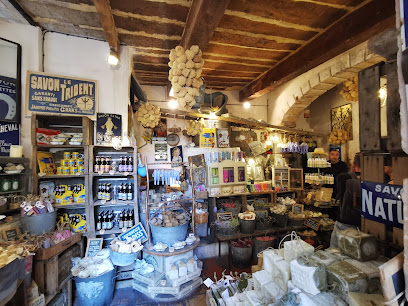
Orange
Discover the ultimate mobile experience in Marseille at Orange, your one-stop shop for devices, repairs, and accessories.
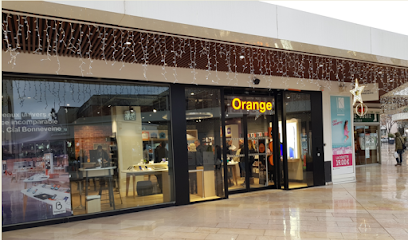
Marseille In The Box
Explore the charm of Marseille through unique souvenirs, books, and home goods at Marseille In The Box, your go-to gift shop in the city.
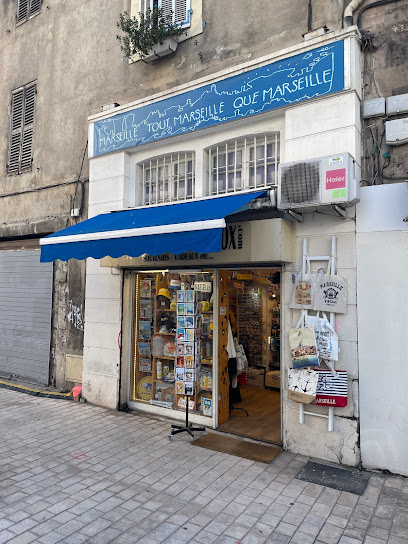
Kulture Marseille
Discover Kulture Marseille, your premier destination for surf, skate, and snowboard gear in the heart of the Mediterranean!
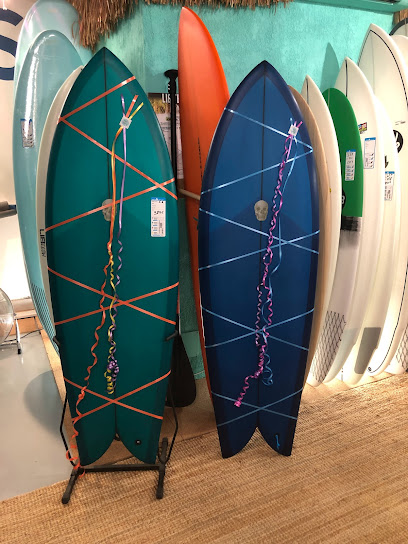
Terre de Soleil
Explore Terre de Soleil in Marseille for unique clothing that captures the vibrant spirit of local fashion and Mediterranean lifestyle.
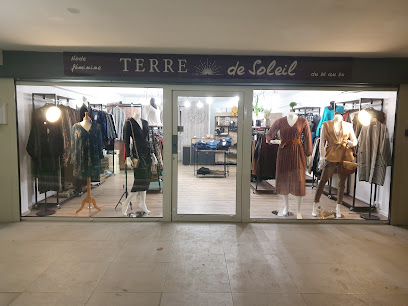
LULLI Marseille 1er
Discover LULLI in Marseille, your go-to boutique for unique fashion accessories, handbags, and jewelry, reflecting the vibrant spirit of the city.
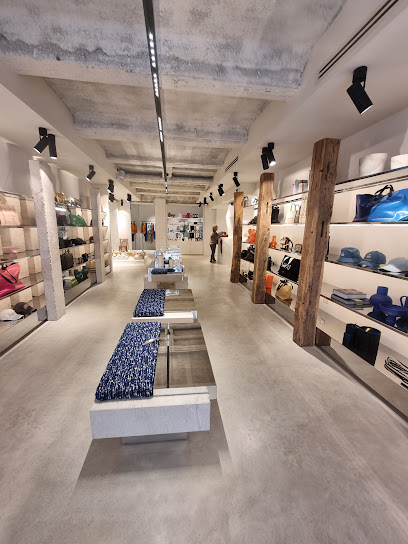
PEARLS OF Paline
Explore a world of creativity at Pearls of Paline, Marseille's premier bead store offering a rich selection of crafting supplies and artistic inspiration.
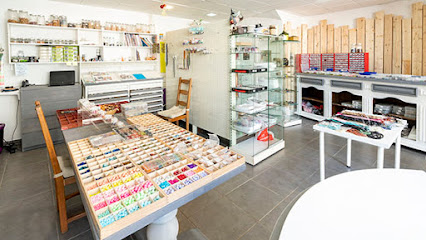
Marseille En Vacances
Explore Marseille En Vacances for unique gifts, baby clothing, and stylish apparel reflecting the charm of the Mediterranean.
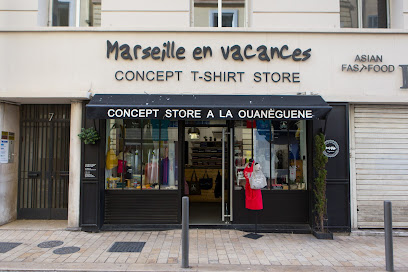
OFFRANDES
Explore OFFRANDES for unique, high-quality clothing that showcases the local fashion scene and elevates your style during your travels.

SEPIA SWING CLUB
Explore SEPIA SWING CLUB, a vintage clothing store in Marseille offering a unique collection that captures the essence of timeless fashion and style.
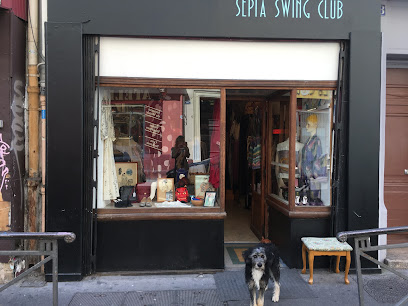
Symboles et Signes | Boutique maçonnique
Uncover the secrets of Freemasonry at Symboles et Signes, Marseille's premier boutique for Masonic literature and symbolic arts.
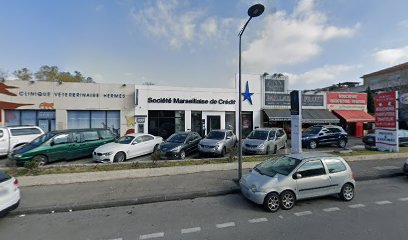
Out Of Space Vintage Shop
Explore unique vintage finds and second-hand treasures at Out Of Space Vintage Shop in the heart of Marseille.
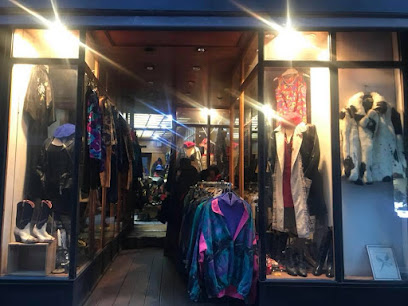
Essential bars & hidden hideouts
The Red Lion
Discover the vibrant atmosphere of The Red Lion in Marseille, where delicious food, refreshing drinks, and local culture come together in a lively pub setting.
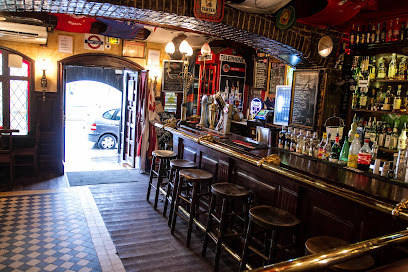
Pub Le Black Stone
Discover the vibrant nightlife of Marseille at Pub Le Black Stone, a hub for live music, karaoke, and delicious pizza.
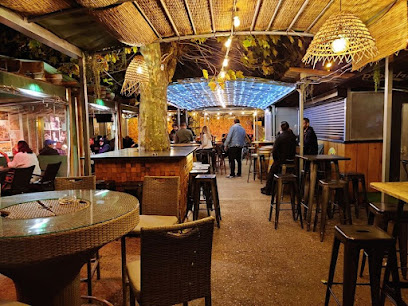
La Caravelle
Discover the vibrant atmosphere of La Caravelle, a lively bar and restaurant in Marseille serving exquisite French cuisine and local brews with stunning harbor views.
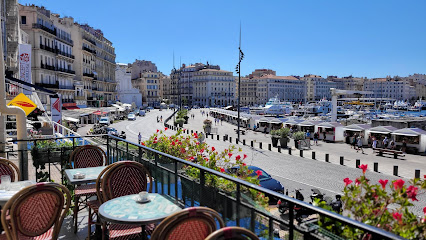
O'BRADY'S IRISH PUB
Discover the lively atmosphere and authentic Irish cuisine at O'Brady's Irish Pub in Marseille, where every visit is a celebration of good food and friendship.
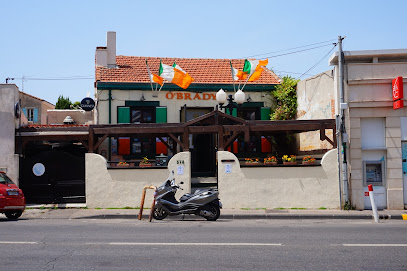
20 000 Lieues
Experience the vibrant atmosphere and delicious French cuisine at 20 000 Lieues, a must-visit pub in the heart of Marseille.
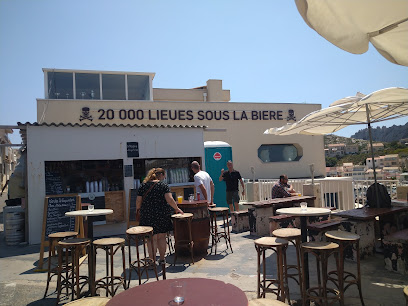
Bar de la Marine
Experience the vibrant culinary scene of Marseille at Bar de la Marine, where delicious pizzas and tapas meet stunning views of the harbor.
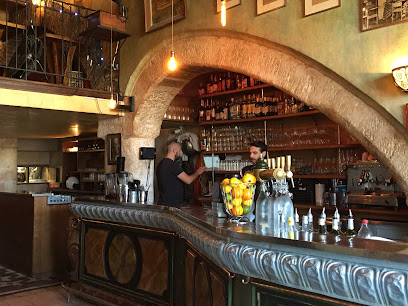
La Rhumerie
Experience the vibrant flavors of the Caribbean at La Rhumerie, a unique cocktail bar and restaurant in the heart of Marseille, serving exquisite rum and French cuisine.
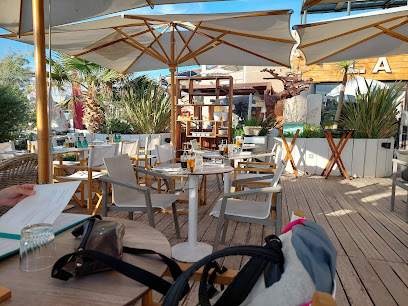
Connolly's Corner
Experience the warmth of Irish hospitality at Connolly's Corner in Marseille, where delicious food and drinks await in a cozy setting.
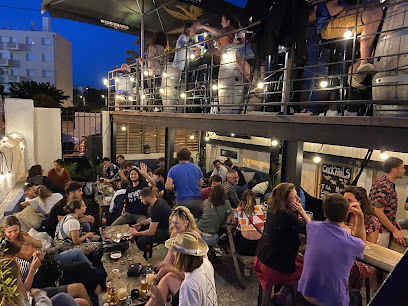
Bar Nautic Restaurant
Discover the culinary delights of Bar Nautic Restaurant in Calanque Morgiou, where French and Mediterranean flavors meet breathtaking coastal views.
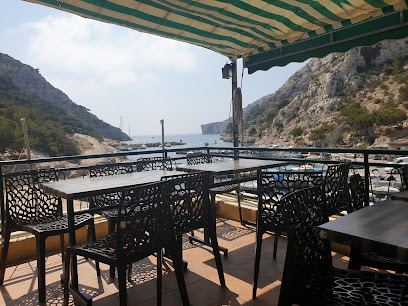
Glam Rock
Experience the vibrant nightlife of Marseille at Glam Rock, where exquisite cocktails and local flavors collide in an unforgettable atmosphere.
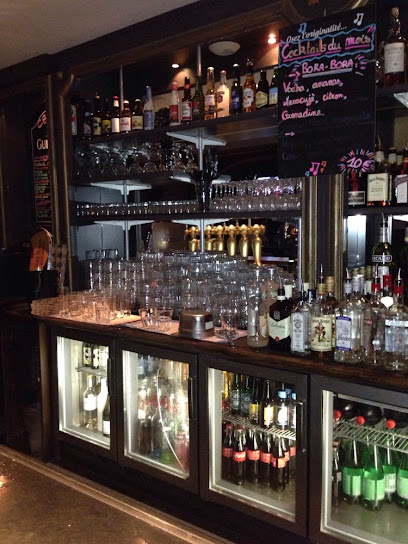
Bar des Amis
Experience the vibrant atmosphere and stunning sea views at Bar des Amis in Marseille, a perfect spot for drinks and relaxation.
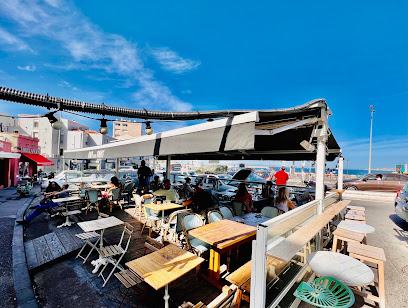
L'unic Bar
Experience the vibrant nightlife of Marseille at L'unic Bar, where local culture meets exquisite drinks in a lively atmosphere.

La dame du mont
Experience the vibrant nightlife of Marseille at La Dame du Mont, a lively bar offering a delightful selection of drinks and a welcoming atmosphere for all.
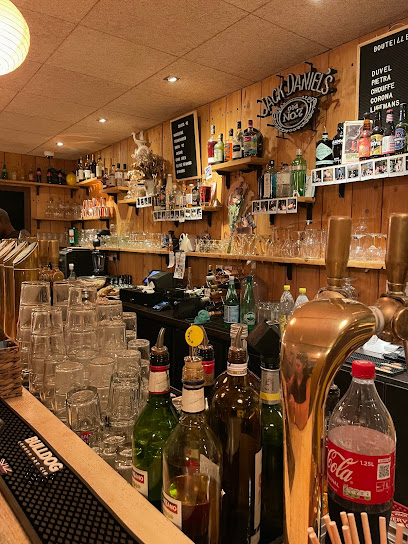
Little Temple Bar
Experience the warmth of Irish culture at Little Temple Bar, Marseille's beloved pub offering traditional fare and a lively atmosphere.
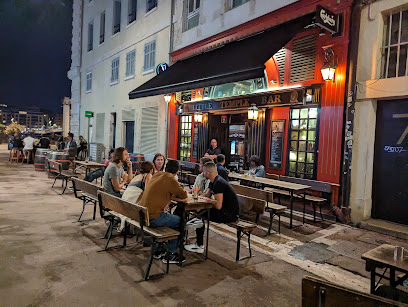
Keg & Can
Experience the vibrant atmosphere and diverse craft beer selection at Keg & Can, Marseille's premier beer hall.
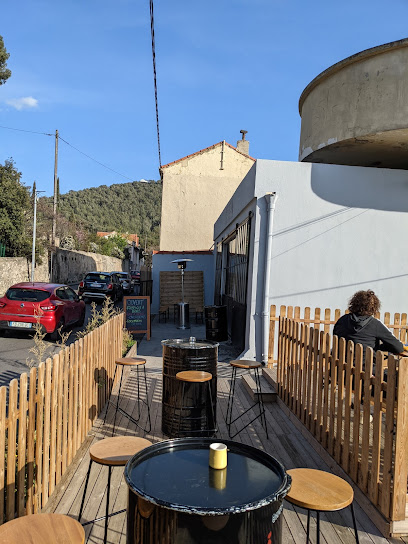
Local Phrases about Marseille Calanques
-
- HelloSalut
[/sa.lyt/] - GoodbyeAu revoir
[/o ʁə.vwaʁ/] - YesOui
[/wi/] - NoNon
[/nɔ̃/] - Please/You're welcomeS'il vous plaît
[/sil vu plɛ/] - Thank youMerci
[/mɛʁ.si/] - Excuse me/SorryExcusez-moi
[/ɛks.kyz.mwa/] - How are you?Comment ça va?
[/kɔ.mɑ̃ sa va/] - Fine. And you?Bien. Et toi?
[/bjɛ̃ e twa/] - Do you speak English?Parlez-vous anglais?
[/paʁ.le vu ɑ̃.glɛ/] - I don't understandJe ne comprends pas
[/ʒə nə kɔ̃.pʁɑ̃ pa/]
- HelloSalut
-
- I'd like to see the menu, pleaseJe voudrais voir la carte, s'il vous plaît
[/ʒə vu.dʁɛ vwaʁ la kaʁt sil vu plɛ/] - I don't eat meatJe ne mange pas de viande
[/ʒə nə mɑ̃ʒ pa də vjɑ̃d/] - Cheers!Santé!
[/sɑ̃.te/] - I would like to pay, pleaseJe voudrais payer, s'il vous plaît
[/ʒə vu.dʁɛ pe.je sil vu plɛ/]
- I'd like to see the menu, pleaseJe voudrais voir la carte, s'il vous plaît
-
- Help!Au secours!
[/o sə.kuʁ/] - Go away!Va-t'en!
[/va tɑ̃/] - Call the Police!Appelez la police!
[/a.ple le po.lis/] - Call a doctor!Appelez un médecin!
[/a.ple œ̃ med.sɛ̃/] - I'm lostJe suis perdu
[/ʒə ˈsɥi pɛʁ.dy/] - I'm illJe suis malade
[/ʒə ˈsɥi ma.lad/]
- Help!Au secours!
-
- I'd like to buy...Je voudrais acheter...
[/ʒə vu.dʁɛ aʃ.te/] - I'm just lookingJe regarde juste
[/ʒə ʁə.ɡaʁd ʒyst/] - How much is it?Combien ça coûte?
[/kɔ̃.bjɛ̃ sa kut/] - That's too expensiveC'est trop cher
[/se tʁo ʃɛʁ/] - Can you lower the price?Pouvez-vous baisser le prix?
[/pu.ve vu bɛ.se lə pʁi/]
- I'd like to buy...Je voudrais acheter...
-
- What time is it?Quelle heure est-il?
[/kɛl œʁ ɛ.t‿il/] - It's one o'clockIl est une heure
[/il ɛt yn œʁ/] - Half past (10)Dix heures et demie
[/di.z‿œʁz‿e də.mi/] - MorningMatin
[/ma.tɛ̃/] - AfternoonAprès-midi
[/a.pʁɛ mi.di/] - EveningSoir
[/swaʁ/] - YesterdayHier
[/jɛʁ/] - TodayAujourd'hui
[/o.ʒuʁ.d‿ɥi/] - TomorrowDemain
[/də.mɛ̃/] - 1Un
[/œ̃/] - 2Deux
[/dø/] - 3Trois
[/tʁwa/] - 4Quatre
[/katʁ/] - 5Cinq
[/sɛ̃k/] - 6Six
[/sis/] - 7Sept
[/sɛt/] - 8Huit
[/ɥit/] - 9Neuf
[/nœf/] - 10Dix
[/di/]
- What time is it?Quelle heure est-il?
-
- Where's a/the...?Où se trouve...?
[/u sə tʁuv/] - What's the address?Quelle est l'adresse?
[/kɛl‿ɛt la.dʁɛs/] - Can you show me (on the map)?Pouvez-vous me montrer (sur la carte)?
[/pu.ve vu mə mɔ̃.tʁe syʁ la kaʁt/] - When's the next (bus)?Quand est le prochain (bus)?
[/kɑ̃‿ɛ lə pʁɔ.ʃɛ̃ bus/] - A ticket (to ....)Un billet (pour ....)
[/œ̃ bi.jɛ puʁ/]
- Where's a/the...?Où se trouve...?
History of Marseille Calanques
-
The Calanques are a series of deep, narrow inlets formed by the erosion of limestone cliffs along the Mediterranean coast. These geological formations date back to the Mesozoic Era, around 120 million years ago, when the region was submerged under a shallow sea. Over time, tectonic movements and climatic changes sculpted the dramatic landscapes we see today.
-
Archaeological evidence suggests that the Calanques were inhabited by early humans as far back as the Paleolithic period. Cave paintings and tools have been discovered in various grottoes, indicating that these early settlers used the natural shelters provided by the cliffs. The Cosquer Cave, located near Marseille, is particularly famous for its prehistoric art, featuring over 150 drawings of animals and human figures.
-
The area around the Calanques was significantly influenced by both Greek and Roman civilizations. The Greeks founded the city of Massalia (modern-day Marseille) around 600 BC, and the region became a flourishing trading hub. Later, the Romans took control and further developed the infrastructure, building roads, aqueducts, and harbors that enhanced the connectivity of the Calanques with the rest of the Roman Empire.
-
During the medieval period, the Calanques served as a refuge for sailors and fishermen. The natural harbors provided shelter from storms, and the abundant marine life supported local fishing communities. The strategic location of the Calanques also made them a hotspot for maritime trade and occasional pirate activity.
-
The Calanques played a crucial role during World War II. The rugged terrain and hidden coves provided ideal locations for resistance fighters to operate against the occupying forces. The area's isolation and difficult access made it a perfect hideout for the French Resistance, who used the Calanques as a base for planning and launching guerrilla attacks.
-
In the 20th century, the unique ecological and geological characteristics of the Calanques attracted the attention of environmentalists. In 2012, the Calanques National Park was established to protect the area's biodiversity, including its rare plant species, diverse marine life, and unique landscapes. The park spans over 500 square kilometers and is one of the few national parks in Europe that includes both terrestrial and marine environments.
-
The Calanques have inspired countless artists, writers, and filmmakers. The dramatic cliffs, turquoise waters, and secluded beaches have been featured in numerous works of art and literature. Notable figures such as Paul Cézanne and Marcel Pagnol have drawn inspiration from the natural beauty and cultural richness of the Calanques, contributing to its enduring allure.
Marseille Calanques Essentials
-
Marseille Calanques, located along the Mediterranean coast in southern France, can be accessed through Marseille Provence Airport (MRS), which is approximately 30 kilometers from the city center. From the airport, you can take a shuttle bus, taxi, or rent a car to reach Marseille. Alternatively, high-speed trains (TGV) connect Marseille with major cities such as Paris, Lyon, and Nice. Once in Marseille, public buses, taxis, and rental cars are available to take you to the Calanques National Park.
-
Marseille Calanques can be explored by various means of transportation. Public buses (RTM) provide routes to the Calanques from Marseille. Boat tours from the Vieux-Port (Old Port) offer a unique perspective of the Calanques from the sea. Renting a car offers flexibility, especially if you plan to visit multiple Calanques. For the more adventurous, hiking trails provide an immersive experience, but be prepared for varying levels of difficulty.
-
The official currency in France is the Euro (EUR). Credit and debit cards are widely accepted in Marseille, including in restaurants, shops, and hotels. ATMs are readily available throughout the city, but it is advisable to carry some cash, particularly when visiting smaller establishments or remote areas within the Calanques. Contactless payments are also increasingly common.
-
Marseille has areas with varying levels of safety. While the Calanques themselves are generally safe, it is essential to take precautions. Avoid isolated areas and remain vigilant of your surroundings. Be cautious in neighborhoods such as Noailles and the northern districts of Marseille, which are known for higher crime rates targeting tourists. Keep your valuables secure and avoid displaying expensive items openly. Stick to well-lit and busy areas, especially at night.
-
In case of emergency, dial 112 for immediate assistance, which connects you to police, fire, and medical services. Marseille has numerous hospitals and clinics for medical emergencies. Pharmacies are widespread and can provide over-the-counter medications. It is advisable to have travel insurance covering medical emergencies. For non-urgent issues, the nearest police station or local tourist office can provide guidance and support.
-
Fashion: Do dress comfortably and appropriately for hiking if visiting the Calanques. Avoid wearing flip-flops or sandals on rugged trails. Religion: Do respect local customs, especially when visiting religious sites such as churches and chapels. Public Transport: Do validate your ticket when using buses or trams. Don't eat or drink on public transport. Greetings: Do greet people with a polite 'Bonjour' or 'Bonsoir' depending on the time of day. A handshake is customary. Eating & Drinking: Do try local dishes such as Bouillabaisse. Don't be afraid to ask for tap water ('une carafe d'eau') in restaurants, as it is free.
-
To experience Marseille Calanques like a local, consider visiting outside peak tourist seasons (July and August) to enjoy a more tranquil environment. Bring plenty of water and snacks, as facilities within the Calanques are limited. Engage with locals at markets or cafes to learn more about the area's history and culture. For a unique experience, take a guided kayak tour to explore hidden coves and beaches that are not accessible by foot. Don't miss the sunset views from the Calanques, which offer breathtaking scenery.
Trending Landmarks in Marseille Calanques
-
Basilica of Notre-Dame-of-la-Garde at Marseille
-
Parc national des Calanques
-
Mucem - Museum of Civilizations of Europe and the Mediterranean
-
Palais Longchamp
-
Cathédrale La Major
-
Marseille Cathedral
-
Parc Borély
-
Calanque de Port-Miou
-
Cosquer Méditerranée
-
Visit Of Creeks
-
Parc du Mugel
-
Château d'If
-
Calanque de Port Pin
-
Porte d'Aix
-
Abbaye Saint-Victor
Nearby Cities to Marseille Calanques
-
Things To Do in Aix-en-Provence
-
Things To Do in Avignon
-
Things To Do in Saint-Tropez
-
Things To Do in Nîmes
-
Things To Do in Montpellier
-
Things To Do in Cannes
-
Things To Do in Nice
-
Things To Do in Fontvieille
-
Things To Do in Les Moneghetti
-
Things To Do in Moneghetti
-
Things To Do in La Condamine
-
Things To Do in Monaco-Ville
-
Things To Do in Monte Carlo
-
Things To Do in Larvotto
-
Things To Do in Saint Roman

